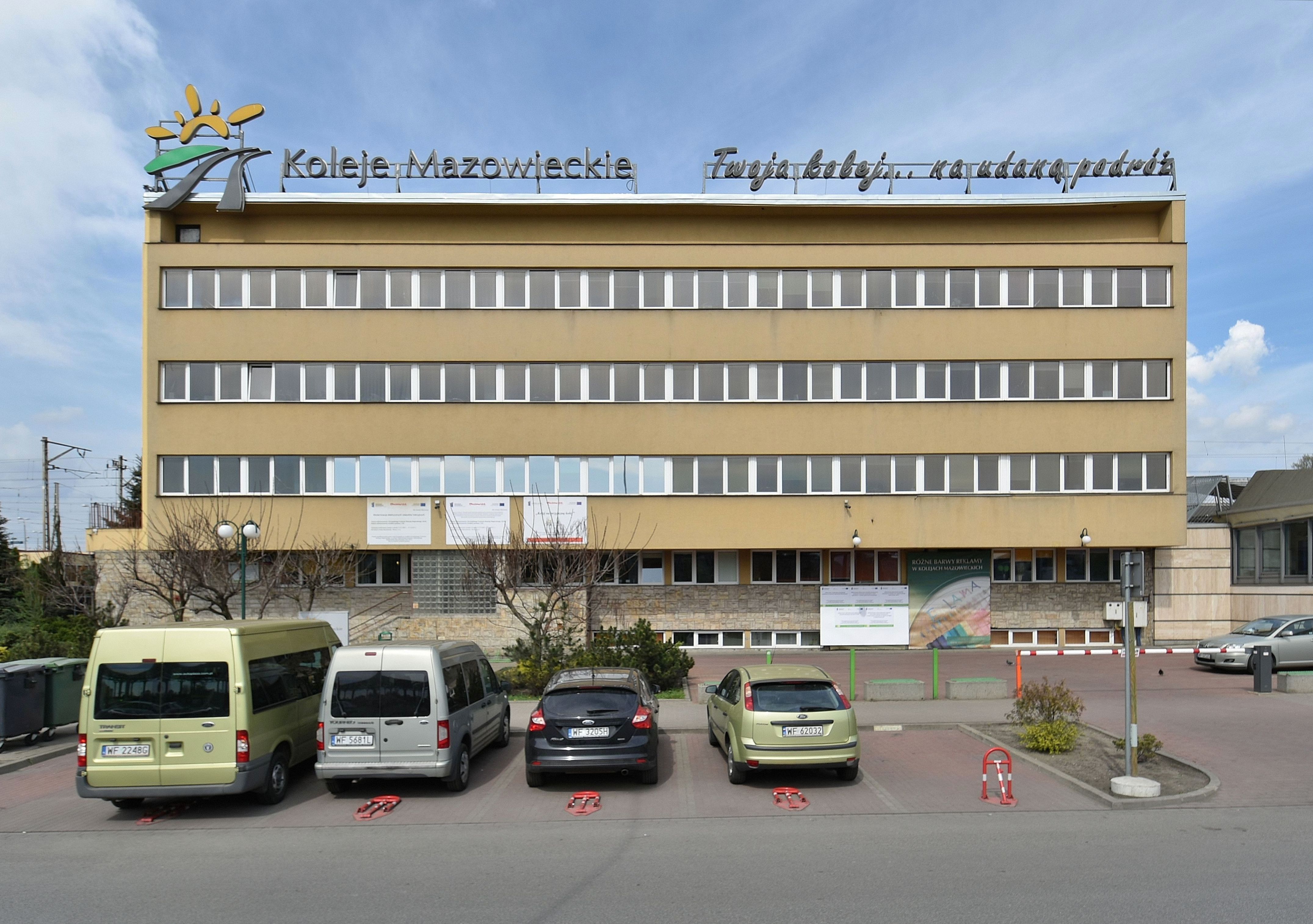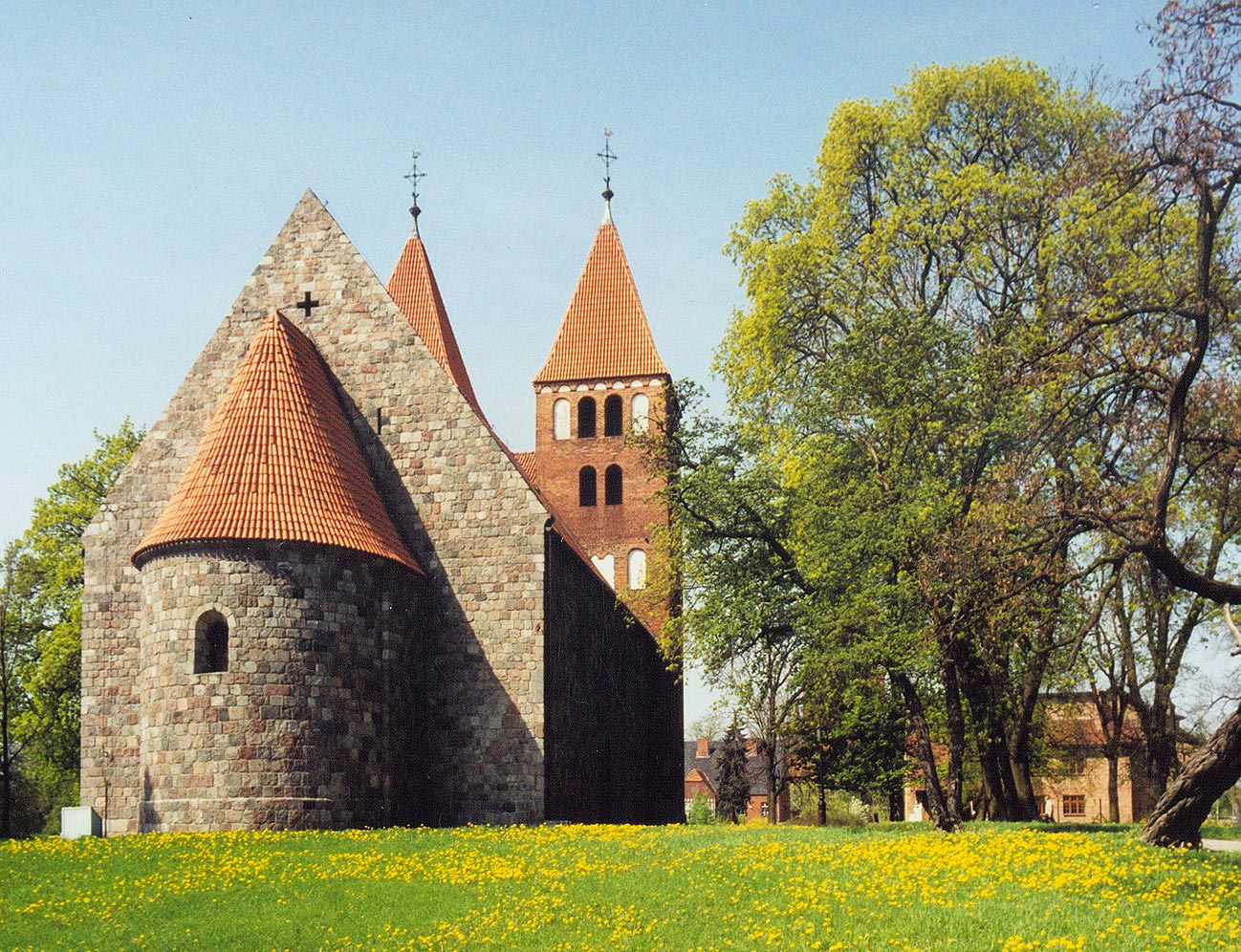|
Pesa Gama
Pesa Gama is a family of diesel and electric locomotives built from 2012 by Pesa SA company. History Origin In 2001, Pesa had announced that they would change their main focus from repairing locomotives to building their own locomotives. Initially, only two units have been built – the first was a mixed-traffic electric locomotive with an additional diesel engine, the second was a pure diesel. Since then a variety of diesel and electric powered locomotives have been built. There are currently 16 locomotives in service, in 3 different versions. The Gama ''Marathon'' The first model of the family was the 111Ed ''Marathon'' locomotive. Its construction began in early 2012, and premiered on September 18 at the InnoTrans Trade Fair 2012 in Berlin. The first test drive took place in October 2012 in Bydgoszcz ''Wschód'' Station, and later on the railway lines to Inowrocław, Poznań and Zduńska Wola Karsznice. The behavior of the locomotive was tested working goods trains with d ... [...More Info...] [...Related Items...] OR: [Wikipedia] [Google] [Baidu] |
Pesa SA
Pesa (Pojazdy Szynowe Pesa Bydgoszcz) is a Polish company manufacturing Rolling stock, railway vehicles based in Bydgoszcz. The name 'Pesa' derives from the initials PS which stand for ''Pojazdy Szynowe,'' 'railway vehicles' in Polish. Pesa is a successor to the Bydgoszcz repair shops of Polish State Railways, PKP ''Polskie Koleje Państwowe,'' Polish State Railways. From the 1950s until 1998 the repair shops operated under the name ZNTK Bydgoszcz, ''Zakłady Naprawcze Taboru Kolejowego,'' 'Repair Shop for Railway Rolling Stock' in Bydgoszcz. For most of its history the Bydgoszcz shop overhauled and repaired steam locomotives and freight cars. After the End of Communism in Poland (1989), collapse in 1989 of the Communist regime in Poland the ZNTK Bydgoszcz repair shop was spun off in 1991 as an independent company. This led to a re-thinking of the firm's activities, and in 2001 the company was renamed ''Pojazdy Szynowe Pesa Spółka Akcyjna Holding'' (its present name) and its ... [...More Info...] [...Related Items...] OR: [Wikipedia] [Google] [Baidu] |
PKP Intercity
PKP Intercity is a company of PKP Group responsible for long-distance passenger transport. It runs about 350 trains daily, connecting mainly large agglomerations and smaller towns in Poland. The company also provides most international trains to and from Poland. Trains offer Wi-Fi connectivity. History The company was founded after splitting Polskie Koleje Państwowe (national rail operator) into several companies to meet European Union standards. Operations The company runs the following train categories: * Express InterCity Premium (EIP, EIC Premium) – domestic exclusive high-speed trains (ED250 New Pendolino) between major cities with obligatory reservation. * Express InterCity (EIC) – high-standard express trains between major cities and popular tourist destinations: * InterCity – affordable high-standard express trains and fast trains with obligatory reservation; higher standard and priority than TLK but the same fare. Exclusive high-standard express trains - Pesa ... [...More Info...] [...Related Items...] OR: [Wikipedia] [Google] [Baidu] |
Koleje Mazowieckie
Masovian Railways, in Polish Koleje Mazowieckie, is a regional rail operator in the Masovian Voivodeship of Poland. History The company was founded in 2004 as a joint venture of the Masovian Voivodeship, with 51% shares, and the, then government-owned, PKP Przewozy Regionalne, with 49% shares, to handle local passenger traffic in the Voivodeship. It started operating on 1 January 2005. Since the end of 2007 Masovian Railways has been fully owned by the Masovian Voivodeship. Rolling stock At the beginning the rolling stock consisted of old electric multiple units taken over from PKP. These were gradually modernised, and further units purchased second-hand from other operators. Later on, the company purchased or leased new rolling stock. As of 2010 the Masovian Railways had just under 200 PKP class EN57, five EN71 and two EW60. Additionally the company purchased seven DB Class 627 railcars and four 628 diesel multiple units to serve on non-electrified routes. In 2008 the ... [...More Info...] [...Related Items...] OR: [Wikipedia] [Google] [Baidu] |
Diesel Locomotive
A diesel locomotive is a type of railway locomotive in which the prime mover is a diesel engine. Several types of diesel locomotives have been developed, differing mainly in the means by which mechanical power is conveyed to the driving wheels. Early internal combustion locomotives and railcars used kerosene and gasoline as their fuel. Rudolf Diesel patented his first compression-ignition engine in 1898, and steady improvements to the design of diesel engines reduced their physical size and improved their power-to-weight ratios to a point where one could be mounted in a locomotive. Internal combustion engines only operate efficiently within a limited power band, and while low power gasoline engines could be coupled to mechanical transmissions, the more powerful diesel engines required the development of new forms of transmission. This is because clutches would need to be very large at these power levels and would not fit in a standard -wide locomotive frame, or wear too quic ... [...More Info...] [...Related Items...] OR: [Wikipedia] [Google] [Baidu] |
Electric Locomotive
An electric locomotive is a locomotive powered by electricity from overhead lines, a third rail or on-board energy storage such as a battery or a supercapacitor. Locomotives with on-board fuelled prime movers, such as diesel engines or gas turbines, are classed as diesel-electric or gas turbine-electric and not as electric locomotives, because the electric generator/motor combination serves only as a power transmission system. Electric locomotives benefit from the high efficiency of electric motors, often above 90% (not including the inefficiency of generating the electricity). Additional efficiency can be gained from regenerative braking, which allows kinetic energy to be recovered during braking to put power back on the line. Newer electric locomotives use AC motor-inverter drive systems that provide for regenerative braking. Electric locomotives are quiet compared to diesel locomotives since there is no engine and exhaust noise and less mechanical noise. The lack of re ... [...More Info...] [...Related Items...] OR: [Wikipedia] [Google] [Baidu] |
Berlin
Berlin ( , ) is the capital and largest city of Germany by both area and population. Its 3.7 million inhabitants make it the European Union's most populous city, according to population within city limits. One of Germany's sixteen constituent states, Berlin is surrounded by the State of Brandenburg and contiguous with Potsdam, Brandenburg's capital. Berlin's urban area, which has a population of around 4.5 million, is the second most populous urban area in Germany after the Ruhr. The Berlin-Brandenburg capital region has around 6.2 million inhabitants and is Germany's third-largest metropolitan region after the Rhine-Ruhr and Rhine-Main regions. Berlin straddles the banks of the Spree, which flows into the Havel (a tributary of the Elbe) in the western borough of Spandau. Among the city's main topographical features are the many lakes in the western and southeastern boroughs formed by the Spree, Havel and Dahme, the largest of which is Lake Müggelsee. Due to its l ... [...More Info...] [...Related Items...] OR: [Wikipedia] [Google] [Baidu] |
Bydgoszcz
Bydgoszcz ( , , ; german: Bromberg) is a city in northern Poland, straddling the meeting of the River Vistula with its left-bank tributary, the Brda. With a city population of 339,053 as of December 2021 and an urban agglomeration with more than 470,000 inhabitants, Bydgoszcz is the eighth-largest city in Poland. It is the seat of Bydgoszcz County and the co-capital, with Toruń, of the Kuyavian-Pomeranian Voivodeship. The city is part of the Bydgoszcz–Toruń metropolitan area, which totals over 850,000 inhabitants. Bydgoszcz is the seat of Casimir the Great University, University of Technology and Life Sciences and a conservatory, as well as the Medical College of Nicolaus Copernicus University in Toruń. It also hosts the Pomeranian Philharmonic concert hall, the Opera Nova opera house, and Bydgoszcz Airport. Being between the Vistula and Oder (Odra in Polish) rivers, and by the Bydgoszcz Canal, the city is connected via the Noteć, Warta, Elbe and German canals with t ... [...More Info...] [...Related Items...] OR: [Wikipedia] [Google] [Baidu] |
Inowrocław
Inowrocław (; german: Hohensalza; before 1904: Inowrazlaw; archaic: Jungleslau) is a city in central Poland with a total population of 70,713 in December 2021. It is situated in the Kuyavian-Pomeranian Voivodeship since 1999, previously in the Bydgoszcz Voivodeship (1975–1998). It is one of the largest and most historically significant cities within Kuyavia. Inowrocław is an industrial town located about southeast of Bydgoszcz known for its saltwater baths and salt mines. The town is the 5th largest agglomeration in its voivodeship, and is a major railway junction, where the west–east line (Poznań–Toruń) crosses the Polish Coal Trunk-Line from Chorzów to Gdynia. History The town was first mentioned in 1185 as Novo Wladislaw, possibly in honor of Władysław I Herman or after the settlers from Włocławek. Many inhabitants of Włocławek settled in Inowrocław fleeing flooding. In 1236, the settlement was renamed Juveni Wladislawia. It was incorporated two years lat ... [...More Info...] [...Related Items...] OR: [Wikipedia] [Google] [Baidu] |
Poznań
Poznań () is a city on the River Warta in west-central Poland, within the Greater Poland region. The city is an important cultural and business centre, and one of Poland's most populous regions with many regional customs such as Saint John's Fair (''Jarmark Świętojański''), traditional Saint Martin's croissants and a local dialect. Among its most important heritage sites are the Renaissance Old Town, Town Hall and Gothic Cathedral. Poznań is the fifth-largest and one of the oldest cities in Poland. As of 2021, the city's population is 529,410, while the Poznań metropolitan area (''Metropolia Poznań'') comprising Poznań County and several other communities is inhabited by over 1.1 million people. It is one of four historical capitals of medieval Poland and the ancient capital of the Greater Poland region, currently the administrative capital of the province called Greater Poland Voivodeship. Poznań is a center of trade, sports, education, technology and touri ... [...More Info...] [...Related Items...] OR: [Wikipedia] [Google] [Baidu] |
Zduńska Wola Karsznice
Zduńska Wola Karsznice is one of the biggest rail junctions in Poland, located in central part of the country, within the borders of the town of Zduńska Wola (Łódź Voivodeship). It is a station along the Polish Coal Trunk-Line; before 1930 it had been a separate village, but construction of the Trunk-Line resulted in creation of a separate district for rail workers, with numerous condominiums. A few kilometers north of Karsznice, the Trunk-Line crosses the Łódź–Tuplice rail line linking Warsaw through Łódź and Ostrów Wielkopolski to Poznań and Wrocław Wrocław (; german: Breslau, or . ; Silesian German: ''Brassel'') is a city in southwestern Poland and the largest city in the historical region of Silesia. It lies on the banks of the River Oder in the Silesian Lowlands of Central Europe, rou .... Rail junctions in Poland Railway stations in Łódź Voivodeship {{poland-rail-transport-stub ... [...More Info...] [...Related Items...] OR: [Wikipedia] [Google] [Baidu] |
Test Track Centre Near Żmigród
Test Track Centre near Żmigród is located in Węglewo in south-western Poland, some 3 km (2 mi) from Żmigród and some 50 km (30 mi) from Wrocław, near the Wrocław–Poznań railway line, with which it is connected by a spur. When opened in 1996, it was the only such facility in Poland. It is owned by the Railway Institute. The standard gauge loop is long with a maximum allowed speed of on straight sections. The facility is used to test rolling stock, overhead lines and electrification systems, and railway tracks. Original project provided for the building of the second oval, some long, with a maximum allowed speed of on straight sections and over points (: switches), but it has been shelved. There are plans to add 1.5 kV DC and 15 and 25 kV AC overhead supply systems, and GSM-R and ETCS The European Train Control System (ETCS) is the signalling and control component of the European Rail Traffic Management System (ERTMS). It is a replacement for ... [...More Info...] [...Related Items...] OR: [Wikipedia] [Google] [Baidu] |
.jpg)






